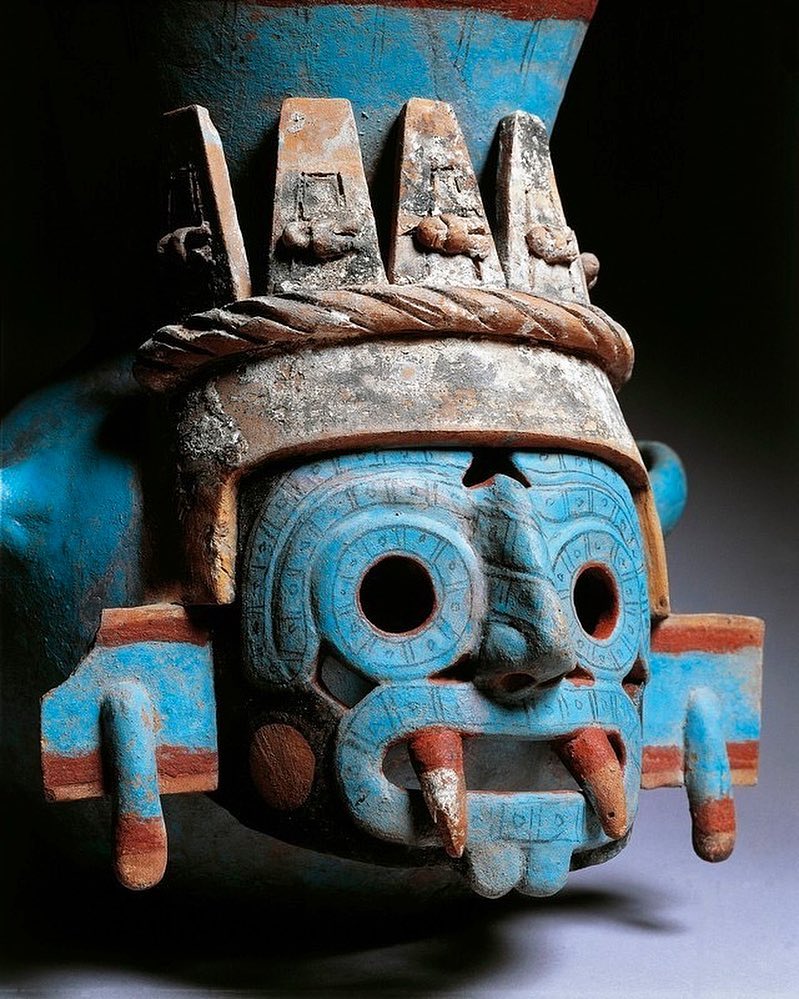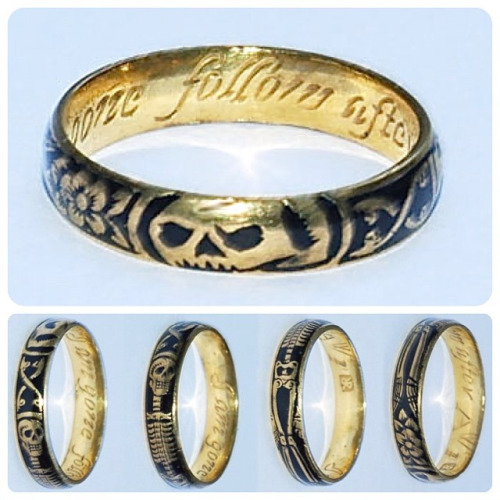201
202
Art Nouveau Bat Brooch ~ Gold, plique-à-jour enamel, diamond. Origin: European, c. 1905. #artnouveau
206
208
210
211
212
if they still continued #colosseum
214
219
220
221
222
225
























